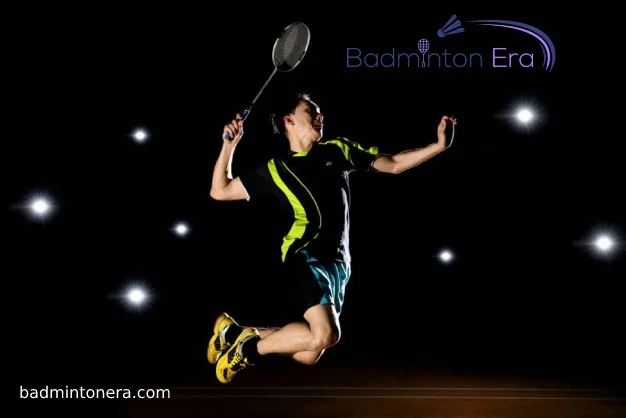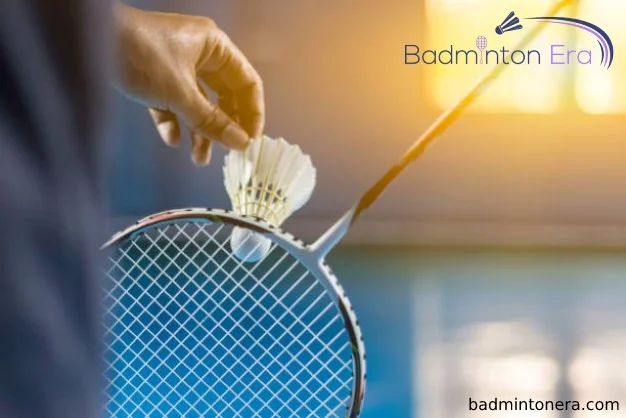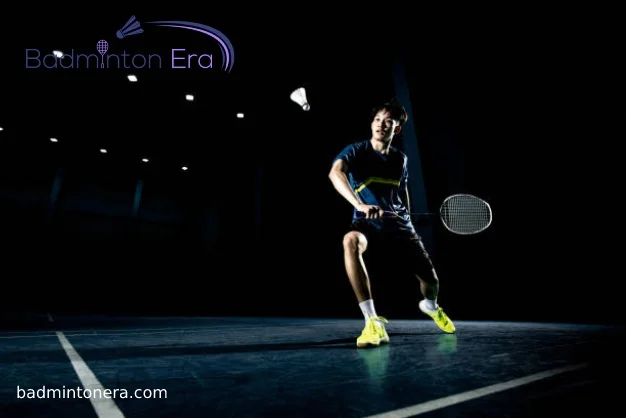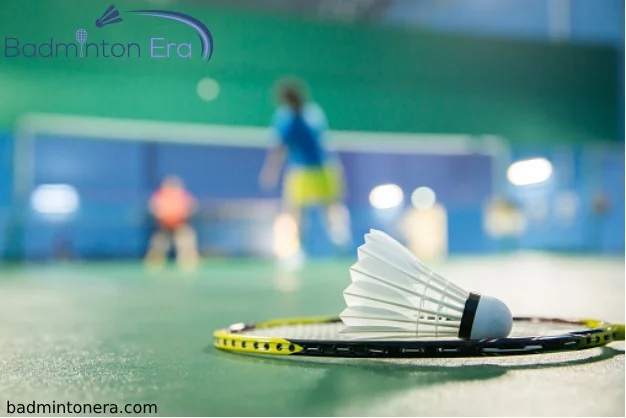Smash Shot In Badminton
The smash stroke is one of a player’s most potent and dynamic options in badminton. This stroke, also known as the overhead smash, entails slamming the shuttlecock hard and swiftly, sending it soaring upward and sharply downward into the opposing team’s court. The smash shot is frequently employed to end a rally or to compel a feeble response from the adversary. It requires good technique, timing, and athleticism to execute effectively and is an essential weapon in the arsenal of any competitive badminton player. In this article, we will explore the fundamentals of the smash shot in badminton, including the technique, footwork, and tactics involved in executing it successfully.
Overview Of The Smash Shot:
The smash shot is one of the most powerful and dynamic shots in badminton. It is used to hit the shuttlecock with great force and speed, causing it to travel steeply downward toward the opponent’s court. The smash shot is often used to finish off a rally or to force a weak return from the opponent, making it an essential weapon in the arsenal of any competitive badminton player.
To execute a successful smash shot, it is important to understand the fundamentals of the technique, footwork, and tactics involved. Players can develop the power and accuracy with practice and training necessary to dominate the court with their smash shots.

The Technique of the Smash Shot:
The technique of the smash shot involves grip, stance, swing, and follow-through. To execute a powerful smash shot, players should use a forehand grip with the racquet held high above the head. The feet should be positioned shoulder-width apart, with the body weight balanced on the back foot.
To generate power, players should swing the racquet in a downward motion, using their entire body to drive the shot. The swing should start high above the head and finish with the racquet pointed downwards towards the opponent’s court. It is important to keep the wrist firm and the arm straight during the swing, to prevent the racquet from collapsing on impact with the shuttlecock.
After executing the smash shot, players should follow through with the swing, allowing the racquet to finish its downward motion and come to rest across the body. This will help to maximize the power and accuracy of the shot.
Footwork for The Smash Shot:
The footwork for the smash shot involves movement and positioning on the court, as well as balance and weight transfer during the shot. Players should move quickly and decisively towards the shuttlecock, using small, quick steps to position themselves for the smash shot.
To generate power, players should transfer their weight from the back foot to the front foot during the swing, using the momentum of their body to drive the shot. It is important to maintain balance during the shot, with the body weight centered over the feet and the hips facing toward the opponent’s court.
After executing the smash shot, players should recover quickly and move back into position on the court. This will help to ensure that they are ready to respond to any return from the opponent.

Tactics for the Smash Shot:
The smash shot can be used strategically to set up points and force errors from the opponent. Players can use a variety of tactics to create opportunities for the smash shot, such as hitting a high lift to the back of the opponent’s court or setting up a cross-court shot to open up the court.
When executing the smash shot, players should aim for the areas of the court that are most difficult for the opponent to return, such as the corners or the midcourt. By hitting the shuttlecock with power and accuracy, players can force the opponent to play defensively and create opportunities for themselves to attack and win points.
In addition to using the smash shot offensively, players should also be prepared to defend against the opponent’s smash shot. This can be done by using defensive footwork and positioning, as well as by anticipating the opponent’s shot and preparing to return it with a block or clear.
Practice and Training for the Smash Shot:
Players should incorporate drills and exercises into their training routine to develop the power and accuracy necessary for the smash shot. This can include practicing the swing motion with a partner or coach and hitting shuttlecocks from different positions on the court.
Players should also work on developing their footwork and court coverage, and their ability.
The Forehand Smash in badminton;
The opponent’s court is entered with force and speed during the smash shot. The opponent finds it challenging to retrieve and return the shuttlecock because of its steep trajectory and angle.
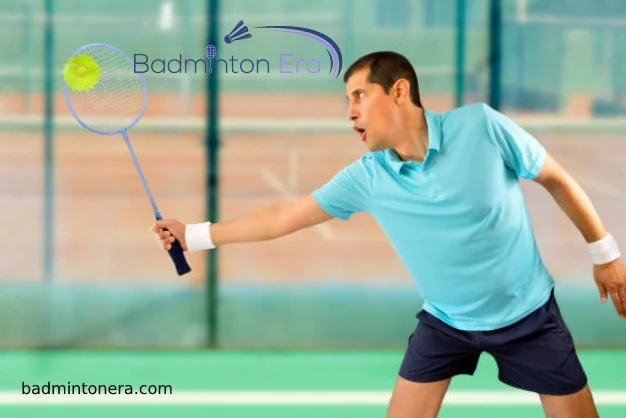
First stage:
- As the shuttlecock is returned, position yourself by standing on the balls of your feet with your knees slightly bent.
- Turn while keeping your right foot parallel to the baseline and your left foot pointing toward the target.
- The left shoulder and elbow will be stretched and facing the shuttlecock.
- With the face of the racket above head height, the elbow of the racket should be extended 90 degrees backward behind the head.
- Put your weight on your back foot.
Second Stage:
- Keep an eye on the shuttlecock during.
- When the racket is parallel to the ground, flex your wrist and elbow rearward.
- Move your weight during the shot by rotating your body and stepping forward with your racket leg toward the shuttle.
- Put your racket elbow in a throwing motion by extending it upward.
Third Stage:
- Focus on the shuttlecock at all times.
- With your non-racket elbow extended and your shoulder rotating backward, immediately extend your racket elbow towards the shuttlecock.
- Contact the shuttlecock as high in front of your body as you can.
- Extend your elbow and bend your wrist to create a “whip” action when you make contact.
- Drive the shuttlecock with a low trajectory toward the floor of your opponent’s court.
Fourth Stage:
- Your body should have fully rotated, and your racket foot should be facing the target and supporting all of your weight.
- Following through, the racket will land on the left side of your body.
- Resuming your shooting stance, prepare for the next shot.

